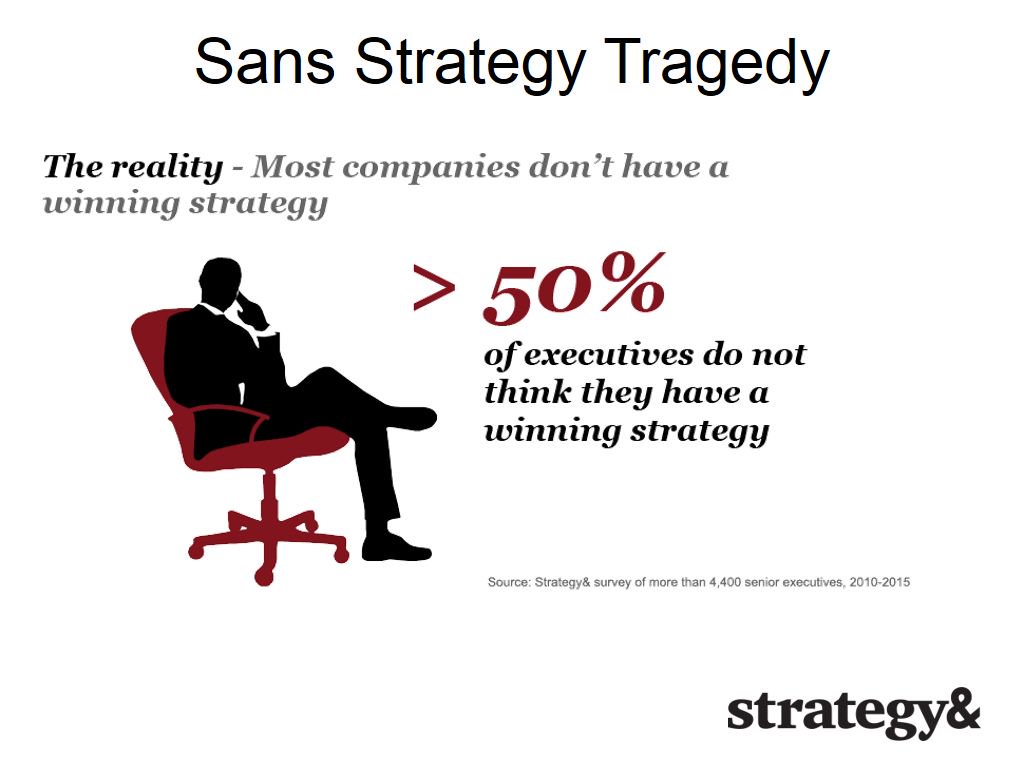Esta semana num almoço com um empresário, ele fez-me ver a importância de uma reunião que tinha tida nessa manhã com os trabalhadores por causa de problemas com as sanitas do balneário fabril.
- Sanitas há em todo o lado. Todos em casa temos uma ou mais.
O problema com as sanitas foi visto por ele como um bom território para exercitar a capacidade crítica dos seus trabalhadores. Ele quer que eles sejam actores cada vez mais críticos, cada vez mais humanos na acepção mais nobre da palavra, cada vez mais capazes de não seguirem as ordens que chegam ao chão de fábrica porque têm uma alternativa melhor.
Como é que se atinge esse nirvana? Não é com um estalido dos dedos! É uma caminhada longa.
Lembrei-me disto ontem ao ouvir as intervenções numa tertúlia nocturna. E recordei o que escrevi recentemente sobre o
bispo Berkeley. Penso que foi ele o criador da frase "Se uma árvore cair no meio de uma floresta e não estiver lá ninguém para ouvir, a queda não produzirá som".
O que a vida cada vez mais me leva a concluir é que a realidade existe. No entanto, nós humanos nunca vemos a realidade. Nós só conseguimos percepcionar uma espécie de realidade aumentada
E o que percepcionamos está fortemente influenciado pelas experiências de vida que nos vão acontecendo e que nos vão construindo permanentemente.
O empresário lá de cima, há meses que criou um clube leitura na empresa porque, explicou-me então:
- Como posso aspirar a ter gente com espírito crítico se as pessoas não lêem.
E depois, o desafio seguinte foi libertar as pessoas para a possibilidade de criticar, de não concordar com o que estava escrito.
- Sabe Carlos, para quem não está habituado a ler o que está escrito tem uma aura de sagrado, de não criticável.
O empresário usou a sanita. Eu costumo falar de um programa de televisão que nunca vi com a mesma intenção: "Benvindo a Beirais"
Ou estas Curiosidades do dia (
esta e
esta)
E cansado, não sou coruja, não tive espírito para me levantar e dizer naquela tertúlia o que tento agora ao almoço transmitir com estas linhas.
Talvez precisemos todos de falar de mais sanitas, de recorrermos menos a abstracções e mais a referências a coisas que as pessoas percepcionam melhor e relacionam com a sua vida... como o filme da "comprativa" que queria apoderar-se da enxada do trabalhador e nisso ele não foi.
BTW, que melhor exemplo:
Conversa que a maioria das pessoas não entende...
Uma banda desenhada, um sketch e uma plataforma de divulgação seria muito mais real para os tais
tansos que arriscam:
"Qualquer reestruturação da dívida a envolver um “haircut” afecta os aforradores portugueses, que em Dezembro detinham 41% do seu montante total."
Imaginem um sketch em que os super-vilões Jerónimo & Martins num comício defendem a reestruturação da dívida e são aplaudidos por todos. Então, surge uma espécie de Batman e pergunta aos presentes quantos são aforradores de dívida portuguesa. E muitas pessoas levantam a mão. Então, com uma paciência andragógica, ao estilo de um Cristo e as suas parábolas, ou de um Sócrates (grego) e as suas perguntas, leva as pessoas a perceberem as consequências para a sua carteira do que estavam a apoiar. No fim, os super-vilões carregados de alcatrão e penas são observados por um Lucky Luke.



































